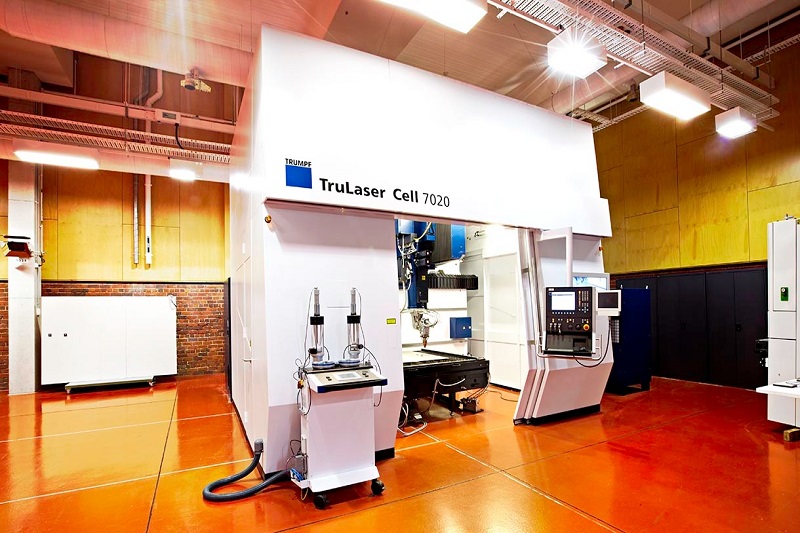
A new study shows that high-frequency sound waves can have a significant impact on the inner microstructure of 3D printed alloys.
This will make them more consistent and stronger than those printed conventionally.
According to a recent press release, the lead author and PhD candidate from Australia’s RMIT University explained that the promising results could inspire new forms of additive manufacturing.
Background
Carmelo Todaro, from the University’s School of Engineering, discussed the microscopic structure of 3D printed alloys and how they are often made up of large and elongated crystals.
This can make them less acceptable for engineering applications due to their lower mechanical performance and increased tendency to crack during printing.
However, the microscopic structure of the alloys, with which ultrasound was applied during printing. looked markedly different.
The alloy crystals were very fine and fully equiaxed, which means that they had formed equally in all directions throughout the entire printed metal part.
Testing showed these parts were also stronger: they had a 12% improvement in tensile strength and yield stress compared to those made through conventional additive manufacturing.
Demonstration
The team demonstrated their ultrasound approach using two major commercial grade alloys: a titanium alloy, commonly used for aircraft parts and biomechanical implants, known as Ti-6Al-4V, and a nickel-based superalloy often used in marine and petroleum industries called Inconel 625.
By simply switching the ultrasonic generator on and off during printing, the team also showed how specific parts of a 3D printed object can be made with different microscopic structures and compositions, useful for what is known as functional grading.
About the initiative
Study co-author and project supervisor, RMIT’s Distinguished Professor Ma Qian, shared that he hoped their promising results would spark interest in specially designed ultrasound devices for metal 3D printing.
Although titanium alloy and a nickel-based superalloy were used, the method can be applied to other commercial metals, such as stainless steel, aluminium alloys and cobalt alloys.
The team anticipates that this technique can be scaled up to enable 3D printing of most industrially relevant metal alloys for higher‑performance structural parts or structurally graded alloys.
The article ‘Grain structure control during metal 3D printing by high-intensity ultrasound’ is published in Nature Communications.
The research was conducted at RMIT University’s Advanced Manufacturing Precinct and supported by an Australian Research Council Discovery Project grant.
Collaborating for 3D printing
OpenGov Asia had reported other initiatives on 3D printing. One of which is the Joint Research Centre for the Development of Functional Biomaterials in Advanced Manufacturing of Human Tissues and Organs.
AU$ 300,000 funding from the Government of Queensland has supported the establishment of a Queensland University of Technology (QUT)-led joint Queensland-China research centre using 3D printing technology to repair ageing body parts.
The new centre was developed to address the common challenges faced by the ageing populations of both countries.
The Centre will focus on living tissue replacements to restore the functions of damaged tissues and organs in the treatment of bone and joint disorders.
This will include osteoporosis, osteoarthritis, fractures and soft tissue trauma, including wounds.
The market for the printing of biomaterials to either repair damaged tissues and organs or even replace them is expected to grow substantially over the next few years.
Meanwhile, Singapore and China researchers propose process flow for 3D printing of miniature soft robotic actuators.
A team of researchers from the Singapore University of Technology and Design (SUTD), the Southern University of Science and Technology (SUSTech) and Zhejiang University (ZJU) have jointly suggested a generic process flow for guiding DLP 3D printing of small pneumatic actuators for soft robots.
The incorporation of 3D printed small soft actuators into robotic systems opens doors to the possibilities for future applications in areas such as jet-engine maintenance and for less intrusive surgery procedures.
















